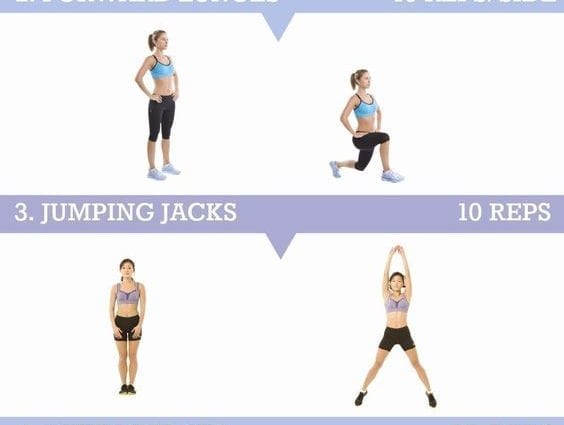Contents
TIME TO BURN
“Fat burning” – means, in the process of training “burns” fat. It burns out, however, it is said loudly. If we start to move actively, then at 5-7 minutes the muscles begin to receive energy not only from carbohydrates, but also from their fat. From 20 minutes on, the muscle’s ability to “reheat” fat reaches its maximum. Therefore, any dynamic workout longer than 20 minutes is fat burning.
• The fat that muscles “burn” is not the fat that hangs down in folds from the sides. The so-called free fatty acids in the blood burn. In order for the subcutaneous folds to dissolve and enter the bloodstream, they need to go through a whole chain of biochemical reactions, and this happens not during training, but after it.
• Muscles cannot get energy from fat without carbohydrates, more precisely, without blood glucose. This must be taken into account when drawing up a diet.
• This should be exactly the movement in the “fit” style, that is, the pulse should rise. The optimal pulse is considered to be 120-130 beats per minute, an office victim of a sedentary lifestyle, who can barely hold his legs, can start with 100 beats, and an advanced fitness player can reach 150.
SO WHAT DO WE DO?
So, the main sign of a fat burning workout is continuous movement of moderate intensity for more than 20 minutes, 40-60 minutes are considered optimal. Calculate your strength – what can you do during this time without sitting down to rest?
The easiest and most accessible option for fat burning training is walking, the more difficult one is running, they can be alternated.
You can spend an hour on strength machines – in order to withstand it there, you will have to choose small weights, and this will also be a fat burning workout. Swimming, sports games, dancing, exercise complexes from the Internet and magazines, ice skating, cross-country skiing, cycling – whatever, as long as the pulse is 120-130 during the specified time. And, of course, group aerobics classes and cardiovascular equipment.
CARDIO OR FAT BURNER?
Now let’s figure out the concepts. You’ve probably heard expressions like,,,. These are all synonyms for fat burning.
The fact is that initially such a movement – long and with a relatively low heart rate – is inherent in the so-called cyclic sports (long-distance running, cycling, triathlon, cross-country skiing). It significantly trains endurance, the better the endurance, the more healthy and efficient the heart is. “Aerobic” means that energy is obtained with the help of oxygen – well, without oxygen, nothing on Earth will burn, and fat is no exception. Well, then it turned out that it is during these types of training that the body uses not only glucose, but also fats, so the term “fat burning”, dear to our soul, appeared.
In fitness circles, all of these synonyms can have some connotations, often depending on the level of education of the trainer. So, “cardio” is sometimes called more intense fat burning workouts (pulse 130-150) or those that are done on cardiovascular equipment (treadmill, stationary bike, ellipsoid, etc.) “Aerobic” is usually said when you need to oppose fat burning exercises with strength, or anaerobic, in which the muscles receive energy without the participation of oxygen.
HOW AND WITH WHOM TO DO
Group aerobics classes without a coach, of course, simply will not take place. But you can do it yourself – walk / run, just count your heart rate (or buy a heart rate monitor – from 800 rubles) 3-5 times a week for an hour, and that’s it.
In cardiovascular equipment there are programs “wired” into the computer – where to go up the hill, where to speed up. The simulator itself will tell you what to do. There are special programs (they are easy to find on the Internet) for outdoor activities or at home. But the main thing is to just move regularly. But if you want to improve over time – to run / skate faster, participate in races for the result – here you really can’t do without a training program compiled by a specialist.










